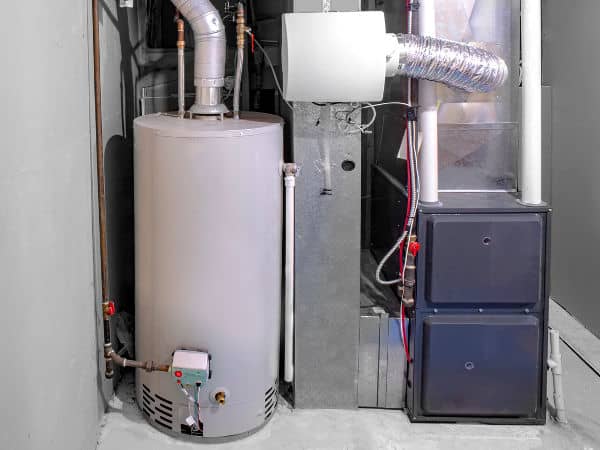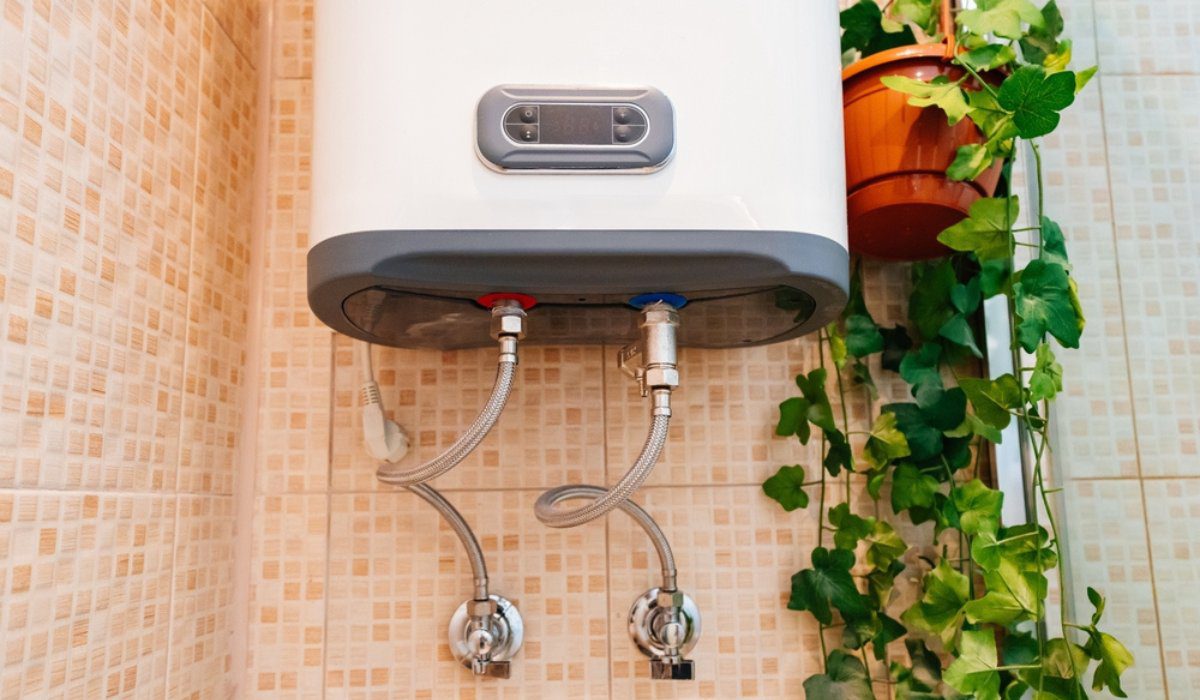Just how do you feel in relation to Tips on Maintaining a Water Heater?

Warm water is essential for everyday comfort, whether it's for a rejuvenating shower or washing meals. To ensure your warm water system runs efficiently and lasts longer, normal maintenance is vital. This short article gives useful pointers and insights on exactly how to preserve your home's warm water system to prevent disturbances and costly fixings.
Introduction
Preserving your home's warm water system might appear challenging, however with a couple of easy steps, you can guarantee it runs smoothly for years to find. This overview covers everything from recognizing your warm water system to DIY upkeep pointers and knowing when to employ specialist help.
Value of Keeping Your Hot Water System
Routine upkeep not only extends the life expectancy of your warm water system but likewise guarantees it runs efficiently. Overlooking upkeep can bring about decreased effectiveness, greater power costs, and even premature failing of the system.
Indicators Your Warm Water System Needs Maintenance
Understanding when your warm water system requires focus can prevent major problems. Keep an eye out for indicators such as irregular water temperature, unusual noises from the heating unit, or corroded water.
Purging the Hot Water Heater
Flushing your water heater removes sediment accumulation, enhancing performance and lengthening its life.
Monitoring and Changing Anode Rods
Anode rods prevent corrosion inside the storage tank. Examining and changing them when worn is vital.
Facility Concerns Calling For Specialist Aid
Instances consist of significant leakages, electric troubles, or if your hot water heater is continually underperforming.
Regular Specialist Upkeep Conveniences
Specialist upkeep can consist of detailed evaluations, tune-ups, and guaranteeing compliance with security standards.
Inspecting and Readjusting Temperature Level Setups
Changing the temperature settings guarantees optimal performance and safety and security.
Do It Yourself Tips for Upkeep
You can do a number of maintenance tasks yourself to maintain your warm water system in leading condition.
Checking for Leaks
On a regular basis inspect pipes and connections for leaks, as these can cause water damages and greater bills.
Understanding Your Hot Water System
Before diving into maintenance jobs, it's practical to recognize the standard parts of your hot water system. Generally, this includes the water heater itself, pipes, anode poles, and temperature level controls.
Month-to-month Upkeep Tasks
Normal month-to-month checks can aid capture small problems prior to they rise.
Examining Stress Alleviation Valves
Checking the pressure relief valve guarantees it operates properly and stops extreme pressure buildup.
Protecting Pipes
Shielding warm water pipelines decreases heat loss and can save energy.
When to Call a Professional
While do it yourself upkeep is advantageous, some problems need specialist experience.
Verdict
Normal upkeep of your home's hot water system is essential for effectiveness, long life, and price savings. By following these tips and knowing when to seek professional help, you can guarantee a dependable supply of hot water without unexpected disruptions.
How to Maintain an Instant Hot Water Heater
Before tinkering with your hot water heater, make sure that it’s not powered on. You also have to turn off the main circuit breaker and shut off the main gas line to prevent accidents. Also turn off the water valves connected to your unit to prevent water from flowing into and out of the appliance. 2. When you’re done, you have to detach the purge valves’ caps. These look like the letter “T†and are situated on either side of the water valves. Doing so will release any pressure that has accumulated inside the valves while at the same time avoid hot water from shooting out and burning your skin. 3. When the purge valves’ caps are removed, you have to connect your hosing lines to the valves. Your unit should have come with three hoses but if it didn’t, you can purchase these things from any hardware or home repair shops. You can also get them from retail stores that sell water heating systems. Read the user’s manual and follow it to complete this task properly. When the hosing lines are connected, open the purge port’s valves. 4. You should never use harsh chemical cleaners or solutions when cleaning your unit. Make use of white vinegar instead. It should be undiluted and you’ll probably use about 2 gallons. 5. Now flush your water heater. This task should probably take about 40 minutes. We can’t give you specific directions for this because the procedure is carried out depending on the type, model and brand of your heater. With that being said, refer to the user’s manual. 6. When you’re done draining the unit, you have to turn off the purge port valves again. Remove the hosing lines that you earlier installed on each of the water valves. Put the valve caps (purge port) back in their respective places and be very careful so as not to damage the rubber discs that are found inside these caps. 7. Now that everything’s back in place, check your user’s manual again to find out how to reactivate your water heating system. 8. Once it is working, turn one of your hot water faucets on just to let air pass through the heater’s water supply pipes. Leave the tap on until water flows smoothly out of it. https://www.orrplumbing.com/blog/2014/september/how-to-maintain-an-instant-hot-water-heater/

We hope you liked our part about Tips on Maintaining a Water Heater. Thanks so much for finding the time to read our article post. Make sure you take the time to share this content if you appreciated it. Thanks a bunch for being here. Come back soon.
Quote & Schedule